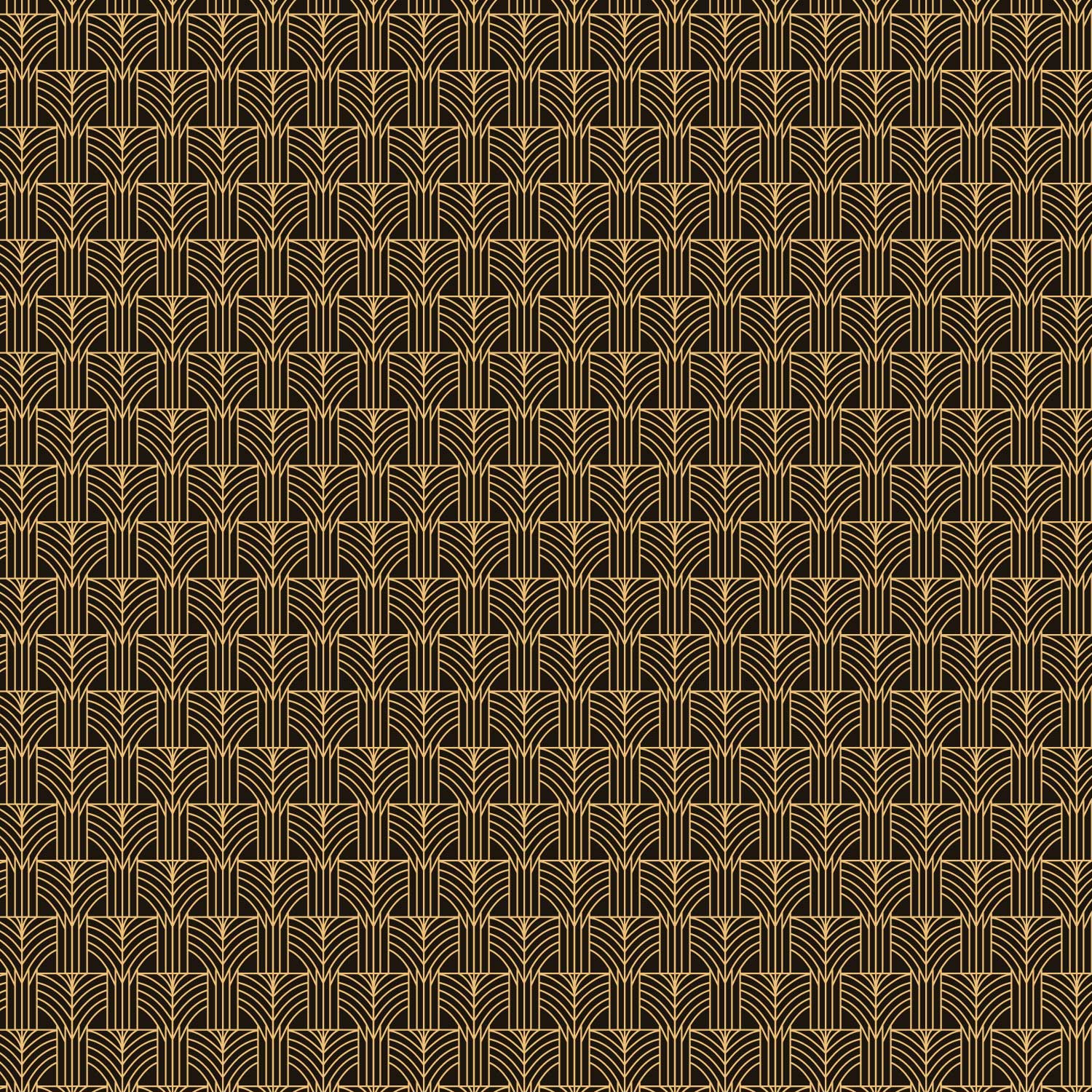
Hermeticism and alchemy
Orphic Paths
The poetic style of AimA is hermetic. Influenced since her adolescence by poets such as Giuseppe Ungaretti and Salvatore Quasimodo, she declined the style to content of an alchemical and animimistic character to arrive at the irregular haiku form: a form of poetry of the Instant as a privileged moment for a haruspex-observer (even in an almost literal meaning): the reader has the gift of touching the Instant as a dazzling revelation, the explosion of a detail in which Universes converge.
As Angelo Tonelli wrote on the preface of her book Haiku Irregolari in Forma di Musica :”On the trail of an Orpheus who is faithful to Ades-Dionysus, Aima – which in Greek is Blood, a lymph that flows in the invisible of the body, chthonic counterpoint of Ghé, the earth exposed to the sun – blends word, silence, music, image, chant, action in a constant search for unification between art and life, on the threshold of the Absolute.
And this place-time of contemplative purity conjures up a writing that is dry, lyrical, and often abstract, or pervaded by a perception that nevertheless refers to the undetermined
(the void of zen? The Absolute of mystics?) from which everything constantly rises and to which it returns.”
- CARMINA IN SPIRITUM
“Carmina in Spiritum” is the result of a period particularly inspired by precise and profound astral conjunctions that determined the compositions in a praxis that I would dare to define mystical. The cosmic and absolute dimension of the texts, which goes to the limit of invocation to self-annihilation, consists of a series of carmina (chants, hymns) dedicated to the elements or spirits that hold the main inner forces holding the spirit and preserving it in the its strength and integritas.
- HAIKU
The hermeticism of these short compositions is witness to instantaneous gesture, to immediate thought; the ultimate expression of the synthesis of sensation, where inner and outer universe coincide to the point of getting lost in the snapshot of the image. The haiku, eidolon of the feeling, is an overview, a picture of a section of reality which is transfigured and permeated by the feeling itself.
- ASCENSION CHANTS
This collection of poems contains those compositions which occurred in a particular state of mystical-revealing ecstasy. While “Carmina in Spiritum” are poems written in a state of possession (enthusiasmòs); in this case they are mostly poems created thanks to a moment of instant revelation, comparable to divine shock, instantaneous, faster, more mental and controlled. These poems sealed illuminating moments of sudden change, of brainwave.
- RED SECTION
In the “Red Section” are collected those compositions that exude a certain passion that often emerges from our more human side.These are therefore old compositions that have given way to more measured and conscious compositions. However, since the human soul often falls into its chaotic and Dionysian side, I cannot say that this section is only part of past compositions, it remains a section open to any moods that are part of me and therefore sometimes ask to be expressed.
- WHITE SECTION
The white section contains poems born from moments of extreme psycho-physical suffering. These are poems where disease and the sense of imminent death prevail, expressed through landscapes of the soul in extreme paralysis in the face of the stagnation of vital energies. What prevails is the discomfort that nothing can change; the awareness that pain, in its continuous iteration, continually digs in depth, increasingly removing the possibility of being reached by any light source of redemption and evolution.
- PERCEZIONI CUBISTE
Percezioni Cubitse was my first prose experiment which immediately failed, falling into the form of prose poetry, or surreal prose in the manner of Fernando Pessoa. Born as a kind of Kammerspiel, it soon degenerated into an autobiographical collection of scattered sensations. They are collected here in light of their descriptive value of situations and relationships lived beyond their “real” dimension, following the thread of my particular sensitive virtues.
